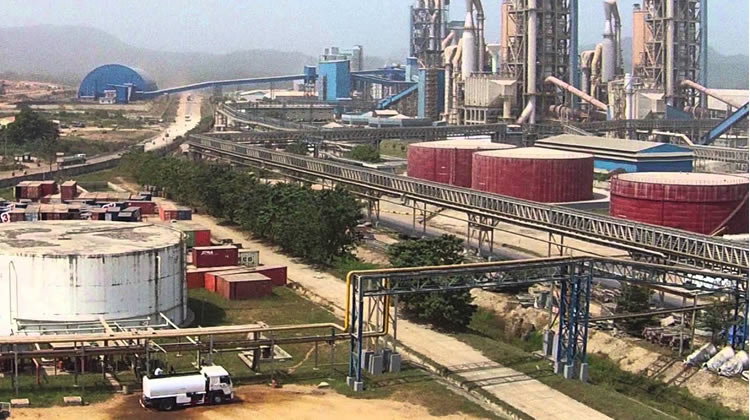A high-quality financial model helps cement companies raise funds from the most appropriate sources, as well as provides firm control over the management of the facility and its cash flows. Models for financing a cement plants simply put, means the planning of financial performance and the preparation of forecast financial statements.
The cement industry plays an important role in the production of a wide range of building materials and plays a vital role in the entire construction value chain.
Viola Funding Limited We offer a long-term financing for the cement plants, including models of financing, loans project financing, and much.
The needs for models of financing in the cement industry
The financial model of a cement plant is a set of interrelated indicators that characterize its business activities.
The purpose of its development is to create a flexible model that allows the financial team to calculate the impact of certain changes on the financial health of the company and project performance at any time. This structure consists of indicators calculated on the basis of financial and non-financial data.
The financial models demonstrates the current state of the enterprise and the expected course of its development.
Financial models; Functions and objectives
Financial models are used in project finance, budgeting, project management, M&A, audit, marketing and asset management of cement plants and industry enterprises. The role of the financial model is to show the most accurate analytical data on various situations that in one way or another affect the further management decisions.
An analysis of the income and expenditure parts gives an understanding of the volumes at which the business will begin to make a profit (passing the break-even point). Forecasting also shows the rate of spending and allows project managers to plan the next investment round.
The financial model clearly demonstrates the sources of income and expenses, market size and other performance indicators. The model allows a deeper understanding of internal and external business processes.
•Visual assessment of the risk level and identification of critical business parameters for control and monitoring. •Identification of the direction of prompt response to changes in external and internal factors. •Evaluating investment performance (including IRR, NPV and PB).
• A clear understanding of the total value of the business. •Analysis of the financial model of the project, assessment of the financial condition and its prospects, comparison of participants’ expectations and actual results, coordination of the work of departments to achieve fixed goals. • Analysis of the situation and identification of opportunities for more efficient use of resources at the disposal of the company.
• Identification of critical parameters of the project, in which the economic value of the business increases or decreases (profitability, break-even points, etc.).
The above mentioned are recorded as other other functions of financial modelling.
How to build a financial model of a cement plant
It makes sense to first create a simple financial model with a minimum number of elements, establish links between external parameters (demand for cement, cost of raw materials and energy) and internal performance indicators of the plant (income, expenses, cash flows). In the first iteration of this model, it is important to build the correct model without focusing on the accuracy.
Cement production covers a rather complex chain of processes, including the extraction of mineral raw materials, clinker burning, grinding, and others. Such facilities depend on many large and small manufacturers, suppliers and other parties.
Building a financial model requires your team to have an understanding of the intricacies of production, distribution, pricing, capital raising and its cost.
At the first stage, it is more important to establish the correct relationships between variables so that the financial model of the enterprise is automatically recalculated after changing the initial data and allows managers to build various business scenarios. After that, the team can start developing the model, detailing indicators, introducing additional formulas and analytics.
The use of financial modeling in the implementation of a cement plant project helps initiators and potential providers of capital to clearly see how certain development plans affect the structure of assets, liabilities, income and expenses of the enterprise.
The model also shows which factors most affect future profits, liquidity and financial stability. It serves as an important tool for monitoring the current situation at the enterprise and developing an adequate financial policy.
Viola Funding Limited offers finances of large projects around the world and offers financial modeling services for cement plants. Our company provides long-term financing from 50 million euros and more, with the participation of the project initiator from 10%.
We are ready to discuss your investment needs and offer customized project finance solutions.
